A NAS that hosts it's own network and can run on it's own power. It functions as a standalone server capable of hosting websites and bulk data storage without requiring internet connectivity or a reliable power supply.
Built using random hardware i have lying around (raspberry pi 2 and some old 2.5" mechanical hard drives), and put in a robust sci-fi themed enclosure.
Inspired by the whole cyberdeck thing. If you have a cyberdeck, surely you need something to jack into?
 sdfgeoff
sdfgeoff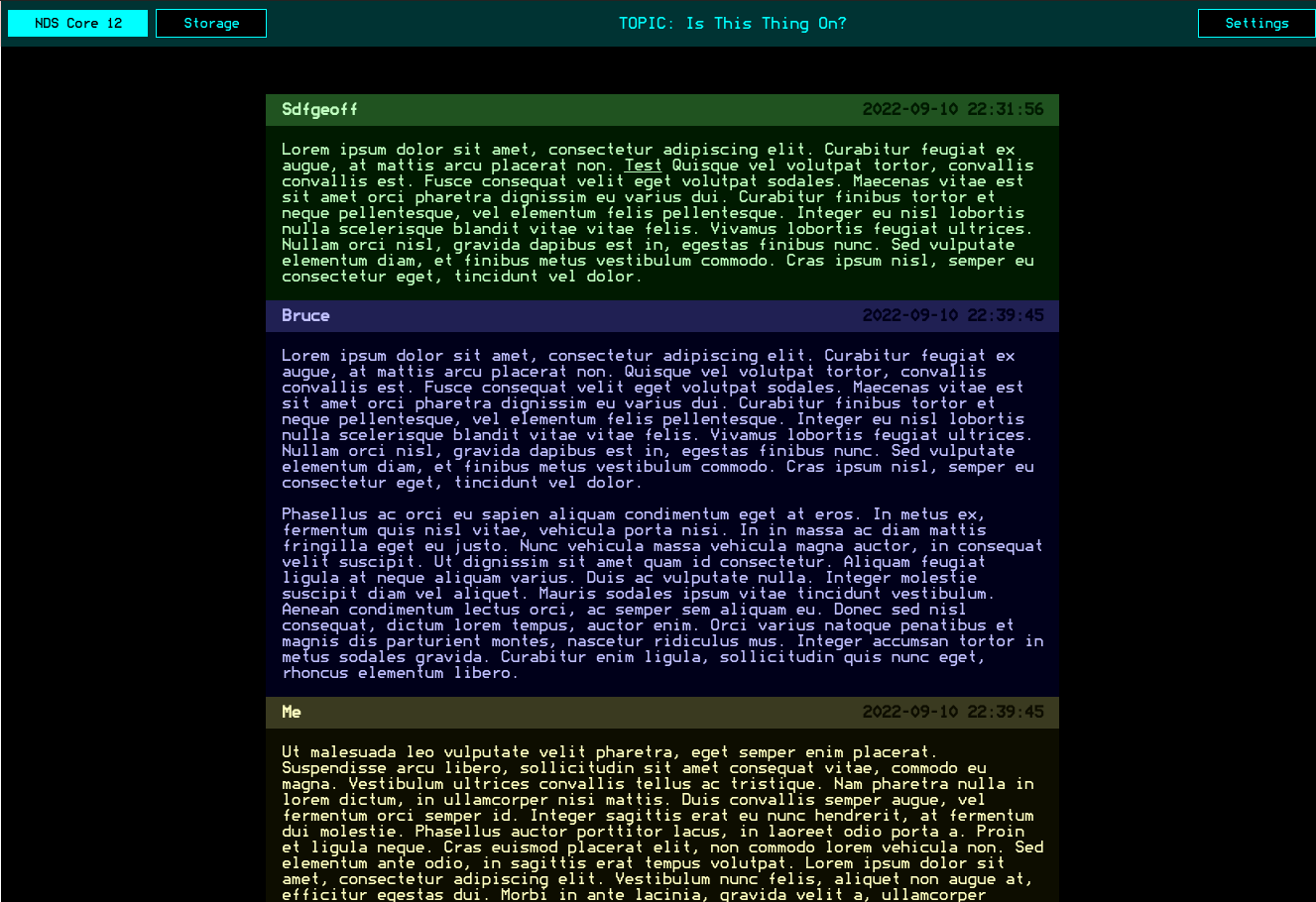
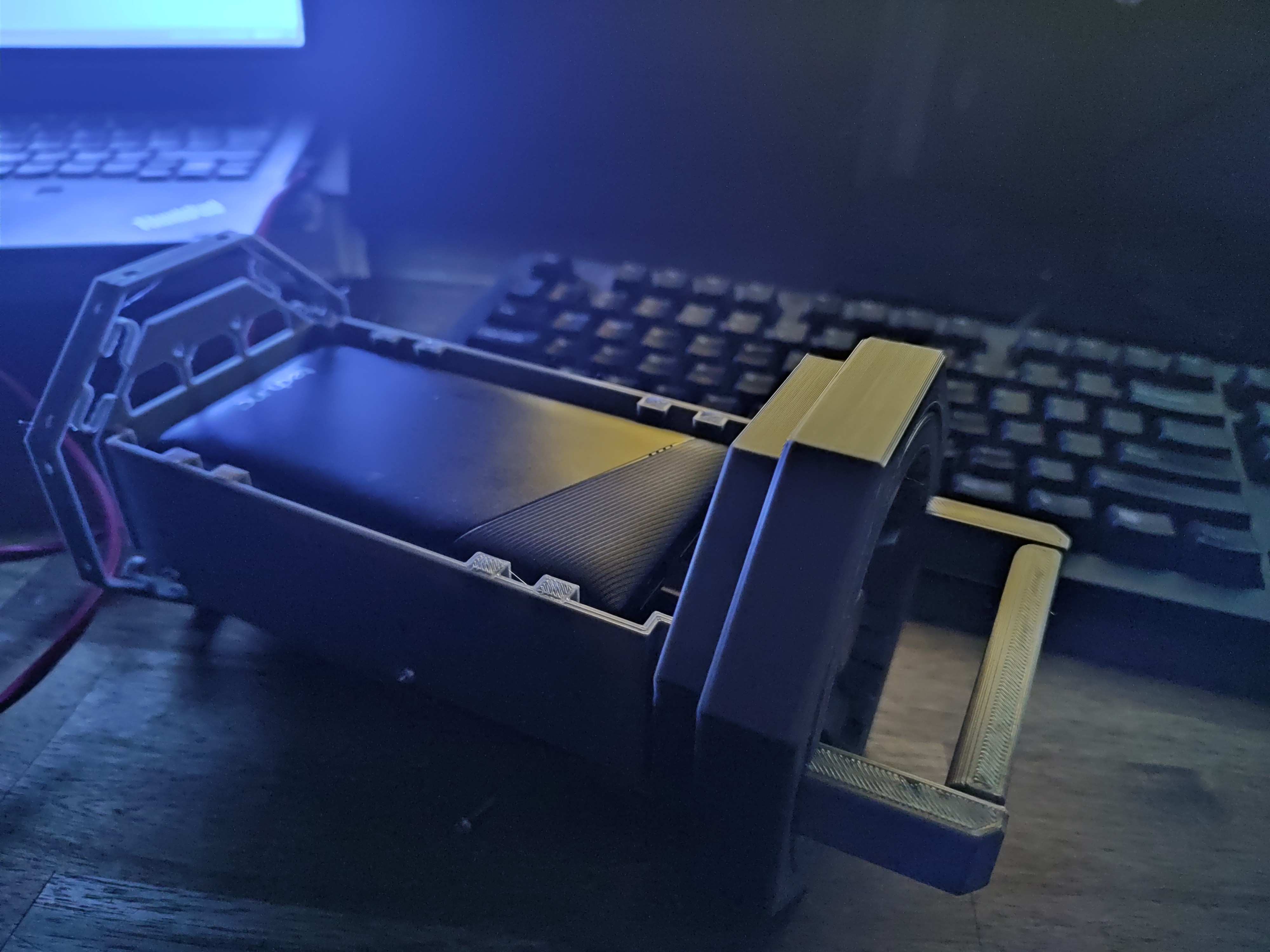


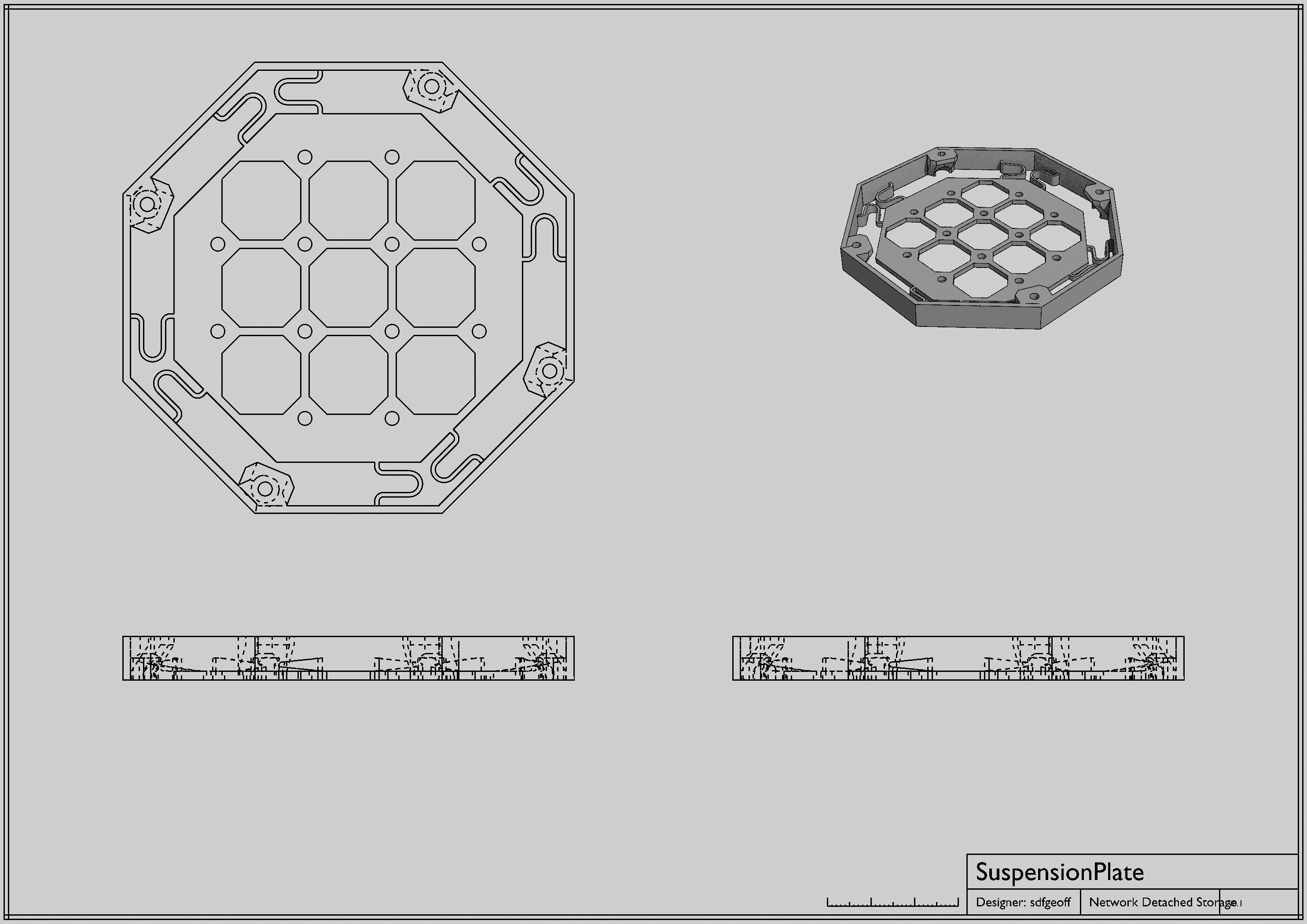
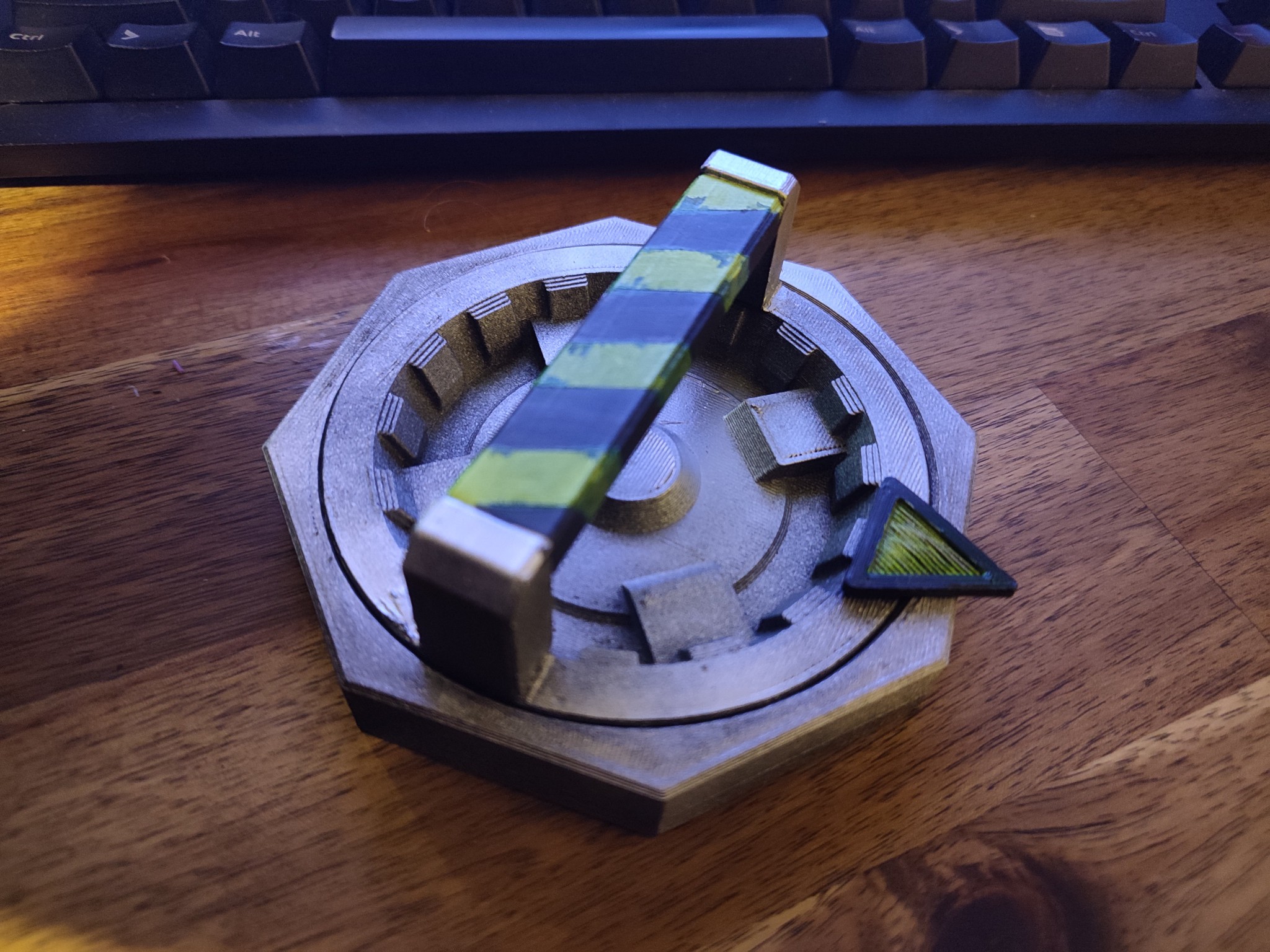
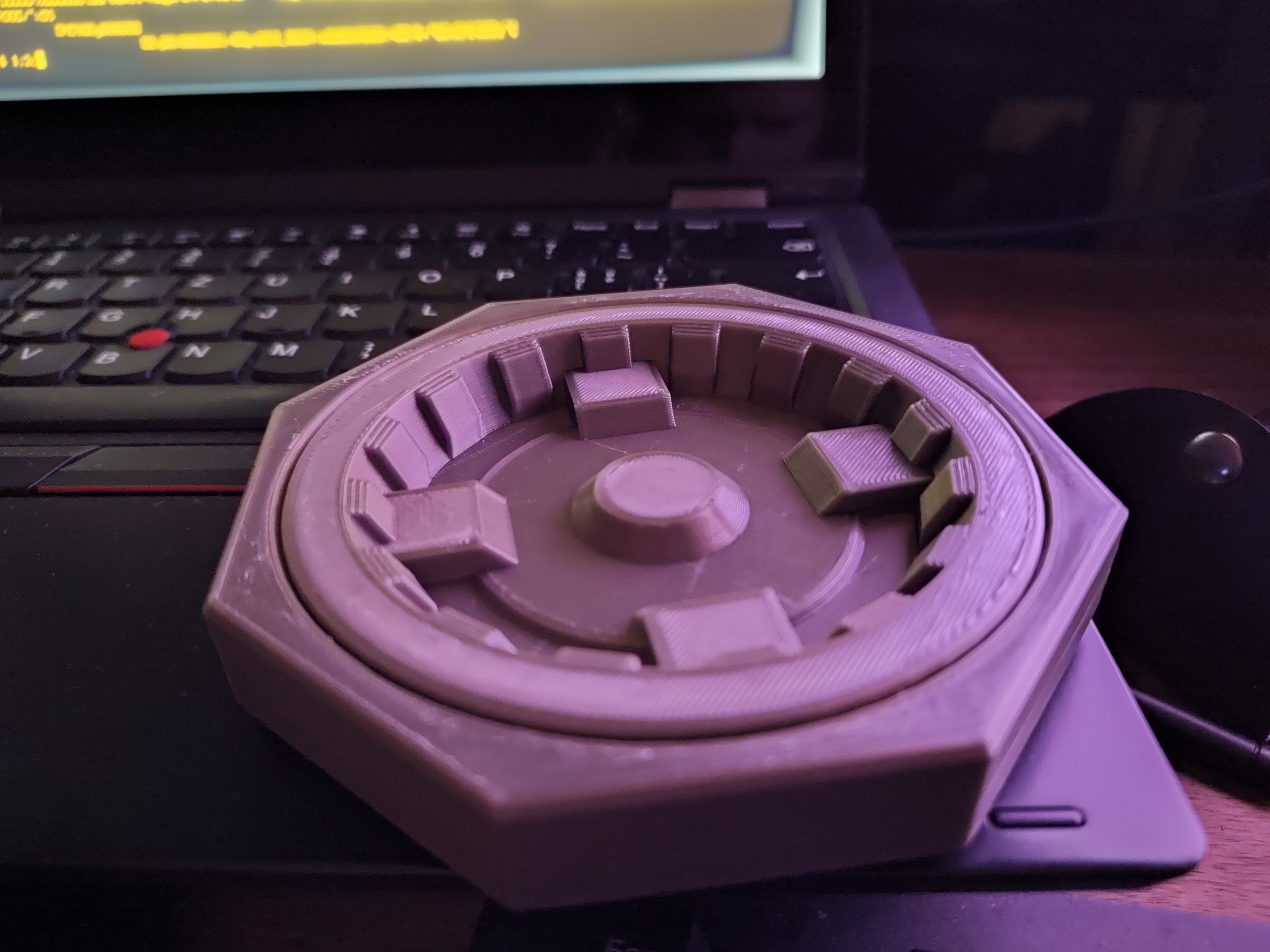
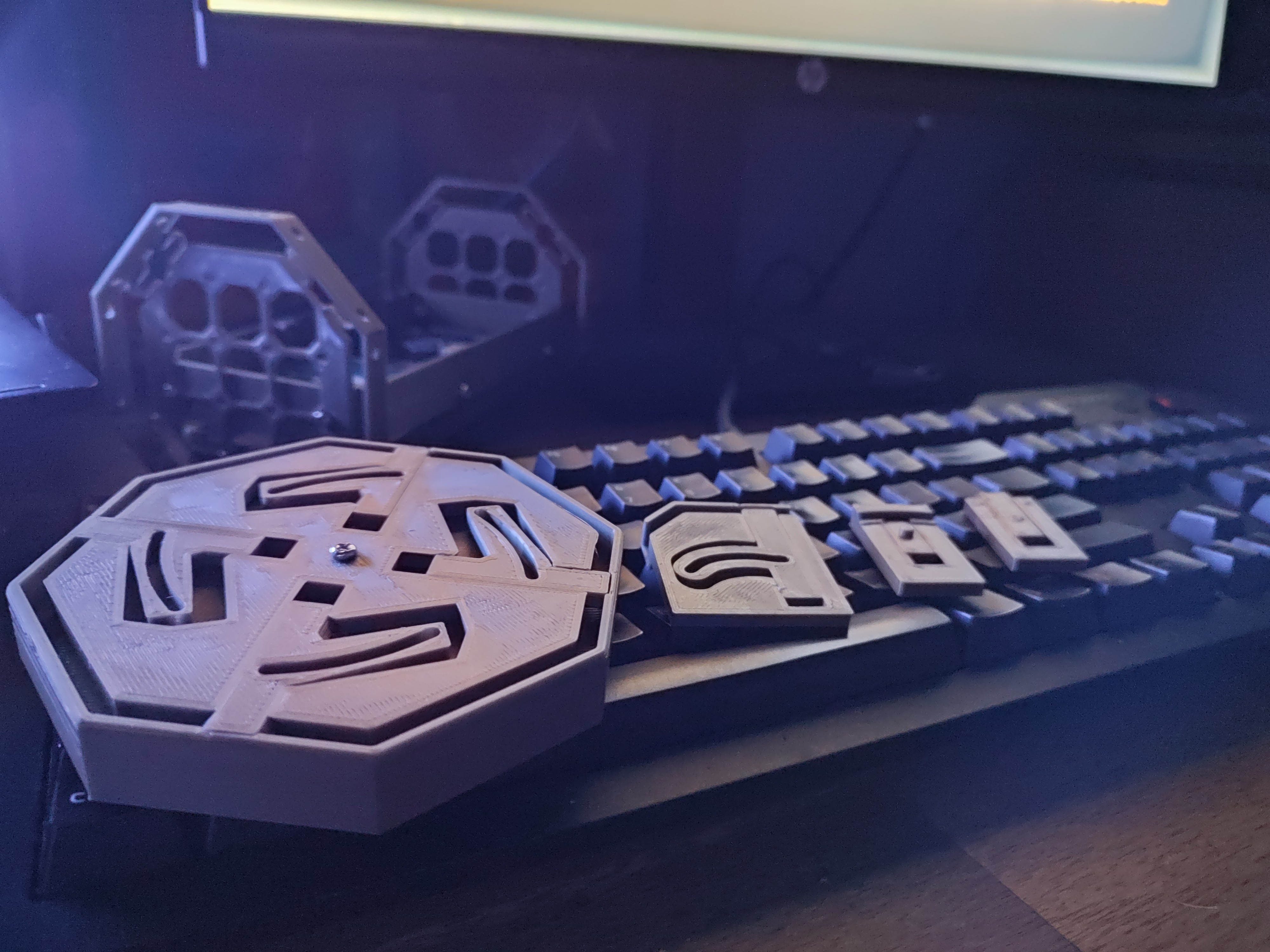

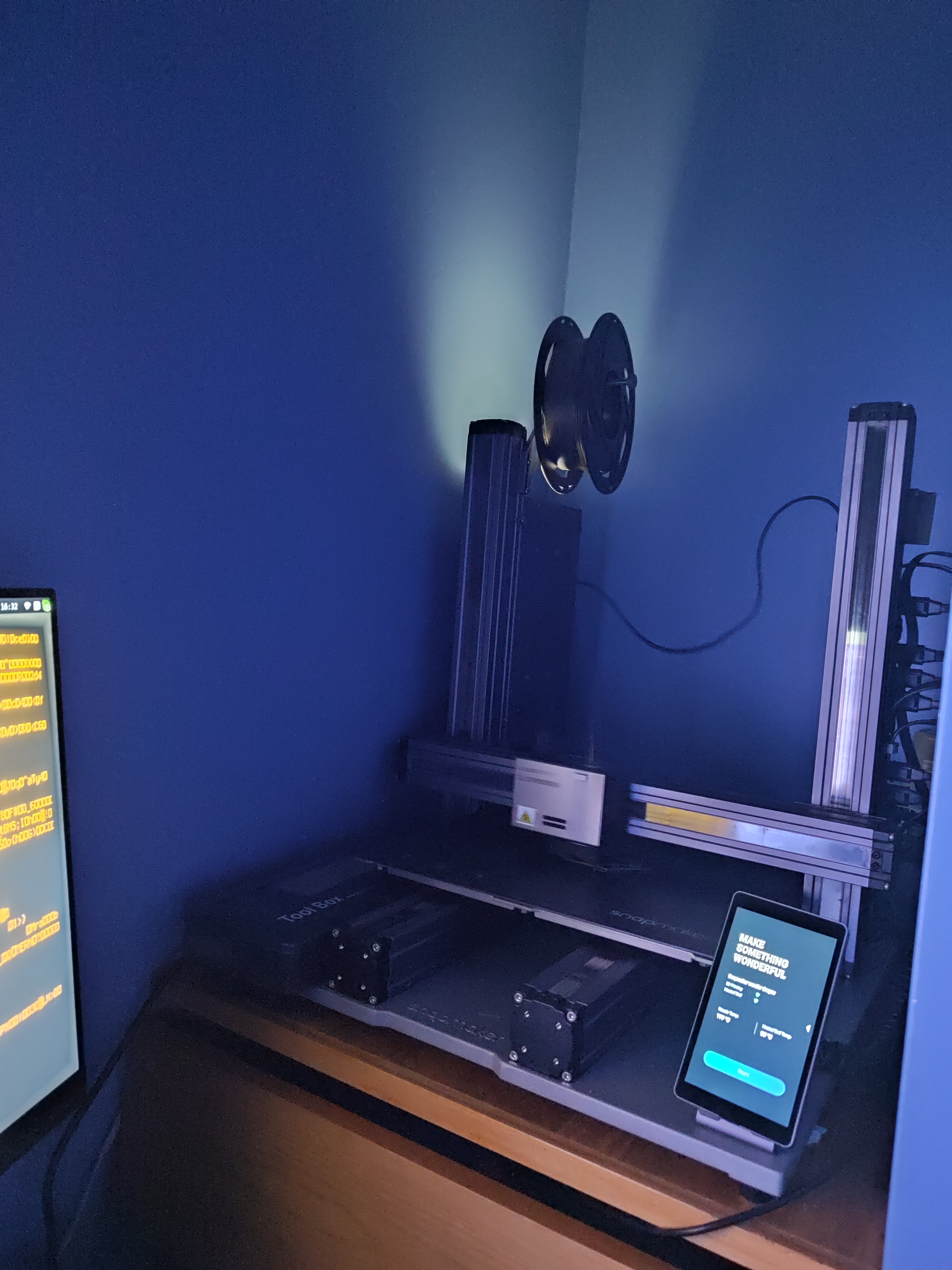
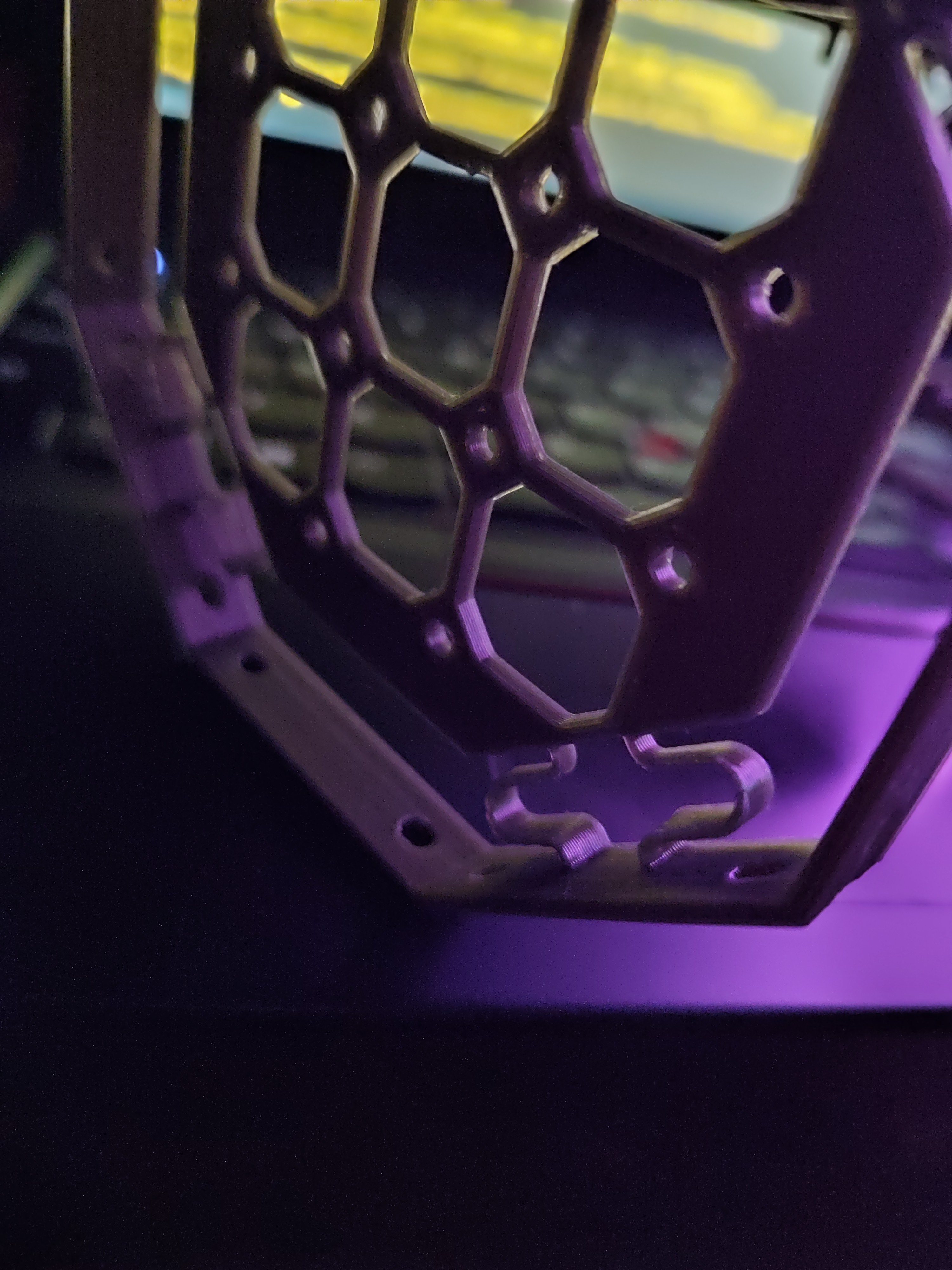


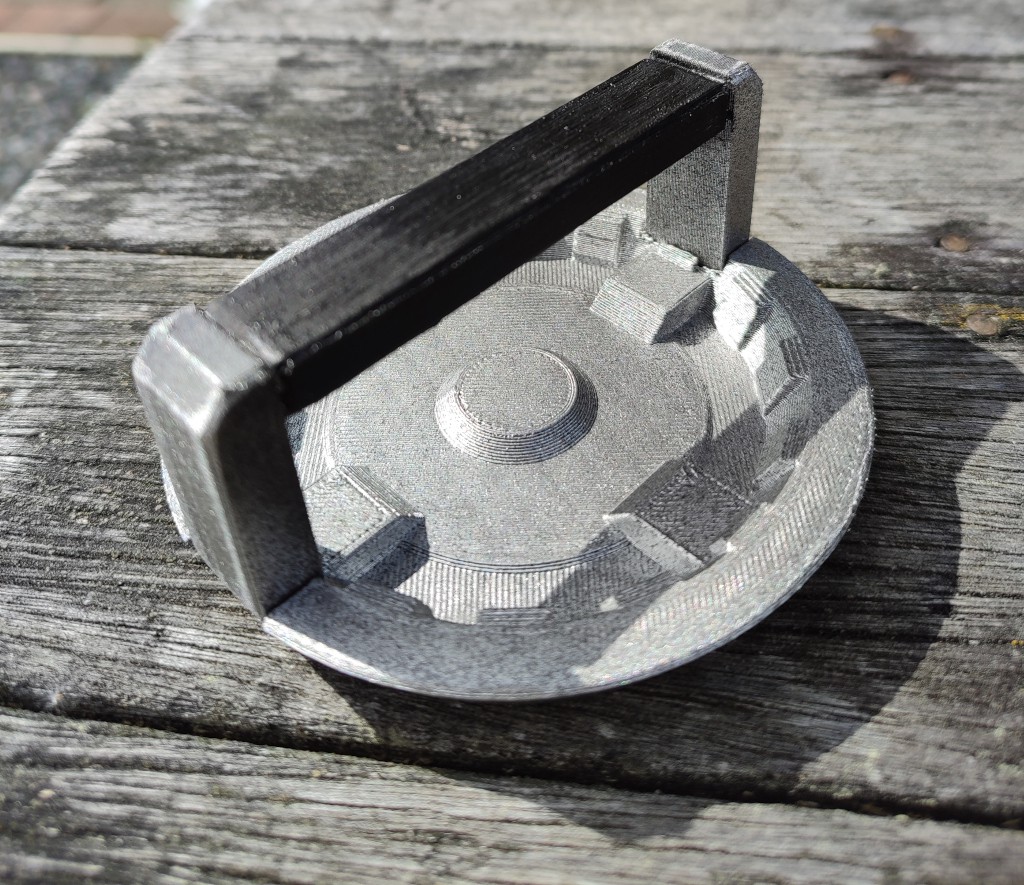
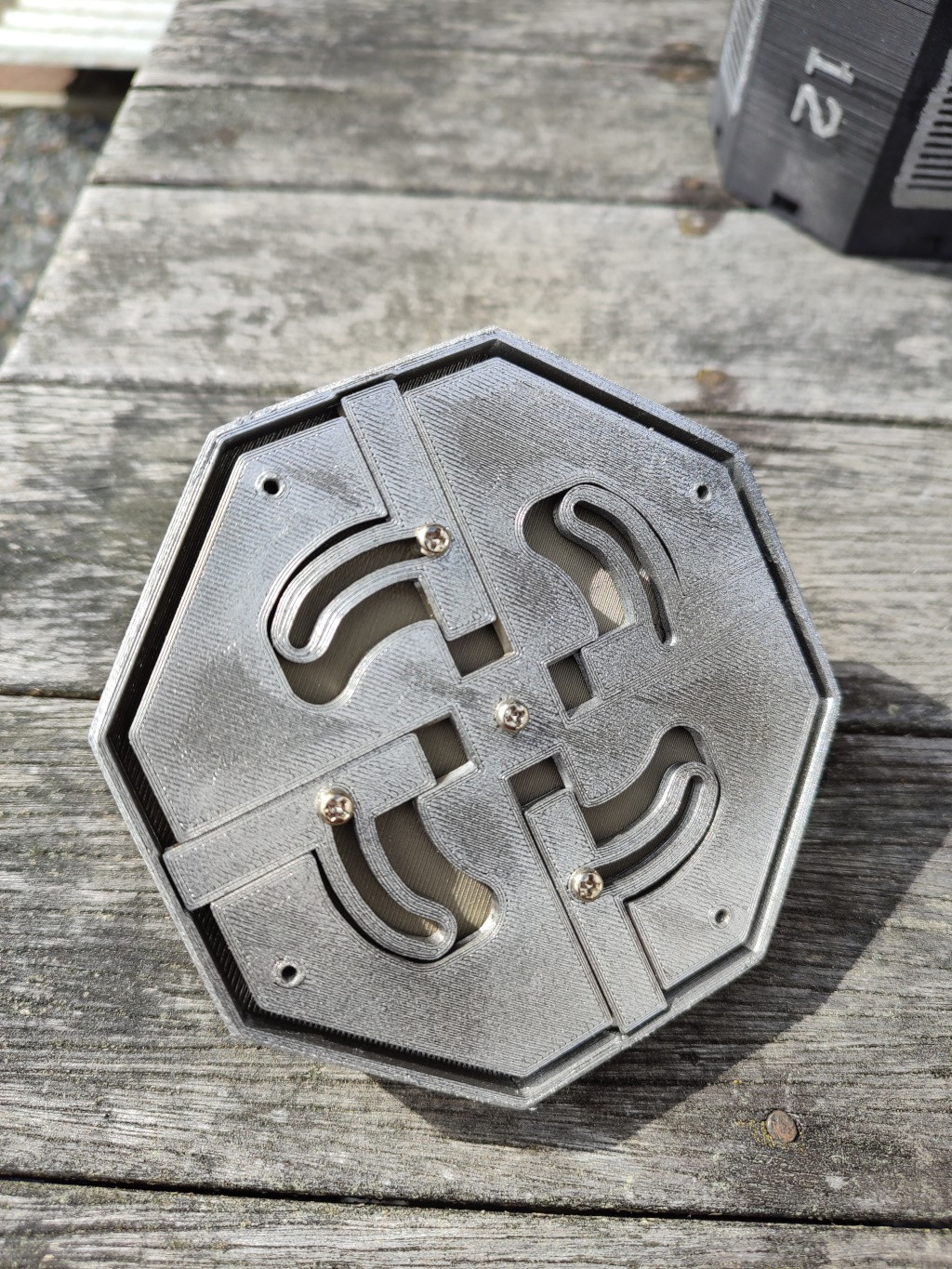

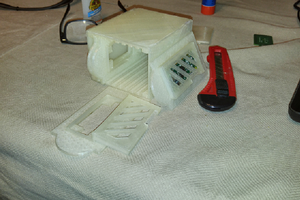
 txdo.msk
txdo.msk
 Arya
Arya
 tomwsmf
tomwsmf
 Non-ICE
Non-ICE
Absolutely love this aesthetic, very sci-fi/cyberpunk.